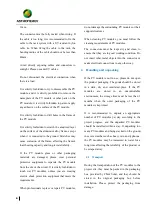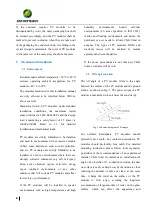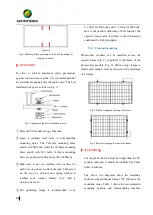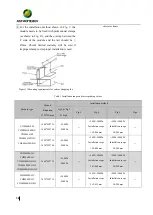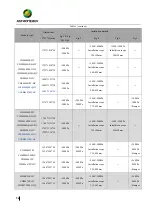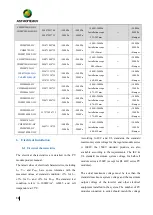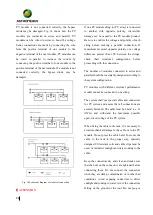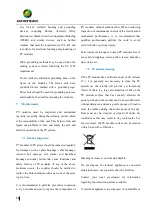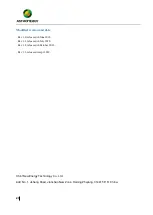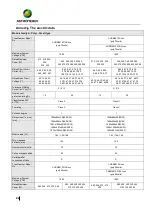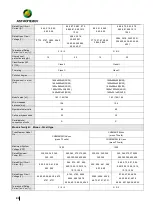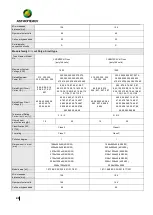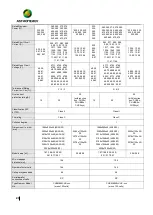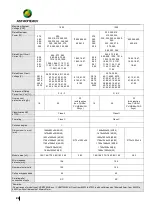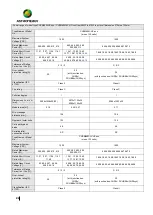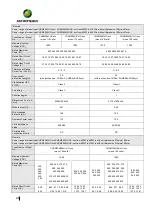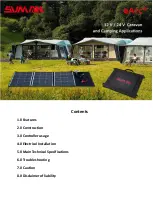
16
specification of the inverter. The total voltage
generated by PV modules in series should not be
higher than the maximum voltage allowed by the
system.
To ensure the above requirements, the open-circuit
voltage of the string needs to be calculated at the
lowest expected ambient temperature at certain
location. This can be calculated using the following
formula:
Maximum system voltage≥N*
V
oc
*[1+
TC
voc
*(T
min
-25)]
Where:
N: number of PV modules in a single string
V
oc
: open-circuit voltage of each PV module (refer to
the PV module nameplate or product manual)
TC
voc
: temperature coefficient of PV module for
open-circuit voltage (refer to the PV module product
manual)
T
min
: minimum ambient temperature.
When the modules connect in parallel, the output
current will be equal to the sum of each branch current.
We suggest that every series SPV module string should
be fused prior to be connected with other strings. The
maximum number of modules N= I
max
(maximum fuse
current)/I
sc
. Please refer to the applicable regional and
local codes for additional fuse requirements.
!
ATTENTION
Under normal operating conditions, the output
current and/or voltage of the PV module may be
higher than the value under standard testing
conditions. Therefore, in PV system design, for
example determining the rated voltage of
equipment, current carrying capacity of wires and
fuse and parameters associated with the output
power of PV modules, the corresponding
short-circuit current and open-circuit voltage
should be applied with a safety factor of 1.25. The
number of PV modules connected in series should
match the voltage specification of the inverter. The
total voltage generated by the PV modules
connected in series cannot be higher than the
maximum voltage allowed by the system.
According to the National Electrical Code 690.8,
the parameters need to be multiplied by an
additional 125% (80% derating) factor, i.e. the
parameters including the optimum operating
current and voltage at standard test condition (STC)
needs to be multiplied by the square of 1.25 when
determining voltage ratings, conductor capacities,
fuse ratings, and control sizes for PV output.
The maximum reverse current is 15/20A for
module with Isc
≤
9.61A and 25/30A for module
with Isc
>
9.61A. Application of the blocking diode
and fuse in the combiner box are recommended for
reverse current protection when more than two
strings are connected in parallel.
Depending on the maximum rated fuse current of
the PV module and the local electrical installation
standards, the connection of parallel strings of PV
modules needs to be equipped with suitable fuses
or preventive diodes for circuit protection purposes.
6.2
Electrical connection
To ensure the normal operation of the system, make
sure the polarity of cables is correct when connecting
modules or loads, such as inverters and batteries. If the





